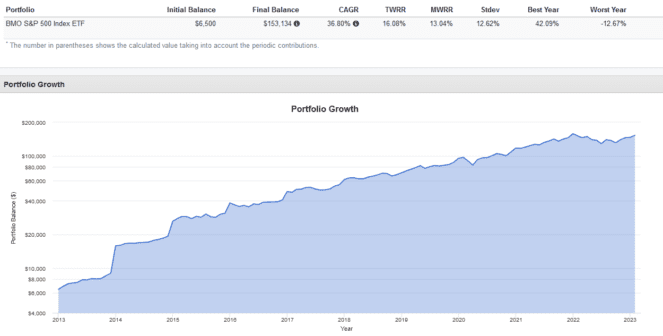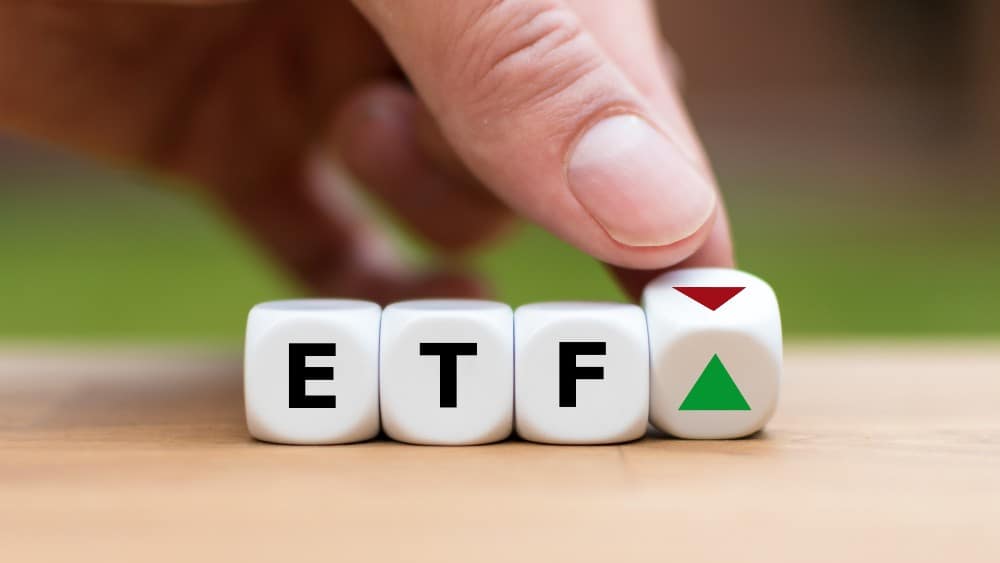I have some news that might be hard for some to swallow: making passive income is hard. There’s no easy get-rich-quick scheme. To generate high monthly cashflows with only an investment portfolio, one must first commit a substantial amount of money upfront.
That being said, $1,000 in monthly income is attainable for Canadians. It won’t be an overnight process, though. Successfully generating this much passive income relies on three tools: a Tax-Free Savings Account, or TFSA, a growth-oriented index exchange-traded fund (ETF), and a high-yield covered call ETF.
Step 1: Contribute to your TFSA
Your TFSA should be the go-to account for generating passive income thanks to its tax-free nature. Start by maximizing your annual contributions. For 2023, investors can invest a total of $6,500. If you turned 18 in 2009, you’ll have up to $88,000 in TFSA room if you never contributed before now.
We don’t want our TFSA contributions sitting around, though. We have to take some smart risks with it by investing in assets that are likely to grow over the long term, say a decade or so. The obvious candidate here are stocks, but which stocks are safe to hold that long?
Step 2: Invest in the S&P 500 Index
When it comes to long-term safety, few stocks are guaranteed to go up forever. Companies can stagnate or go bankrupt. By diversifying, investors can spread their risk out among many stocks. A great way to do this is via an ETF that tracks the S&P 500 index, which holds 500 quality U.S. stocks.
My ETF of choice is the BMO S&P 500 Index ETF (TSX:ZSP). This ETF boasts low fees and is highly popular among investors. It can be volatile though, so make sure your risk tolerance is up for the task.
Historically, investing $6,500 in the ZSP ETF and $6,500 every year thereafter from 2013 to present would have netted an investor $153,134. Keep in mind that this performance is historical and may not repeat moving forward.

Step 3: Invest in a Covered Call ETF
To generate $1,000 in monthly income off $153,134, we’ll need a yield of around 8%. There are very few Canadian dividend stocks that provide this high of a yield, and it’s not safe to invest in just one stock. The solution is an ETF that employs derivatives.
Covered call ETFs allow investors to generate higher-than-average yields by selling call options. These ETFs basically convert the potential future returns of their holdings into immediate income. Essentially, they sacrifice growth for yield.
A good ETF to use here is the Harvest Healthcare Leaders Income ETF (TSX:HHL), which holds a portfolio of defensive, high-quality, large-cap U.S. healthcare stocks. Right now, HHL yields 8.69% and pays out distributions on a monthly basis.
Assuming HHL’s most recent monthly distribution of $0.0583 and current share price at the time of writing of $8.04 remained consistent moving forward, an investor who buys $153,134 worth of HHL could expect the following payout:
| COMPANY | RECENT PRICE | NUMBER OF SHARES | DIVIDEND | TOTAL PAYOUT | FREQUENCY |
| HHL | $8.04 | 19,046 | $0.0583 | $1,110.38 | Monthly |








